Bluebird Stories
Nissan Bluebird 1600SSS vs Toyota 1600GT (1967)
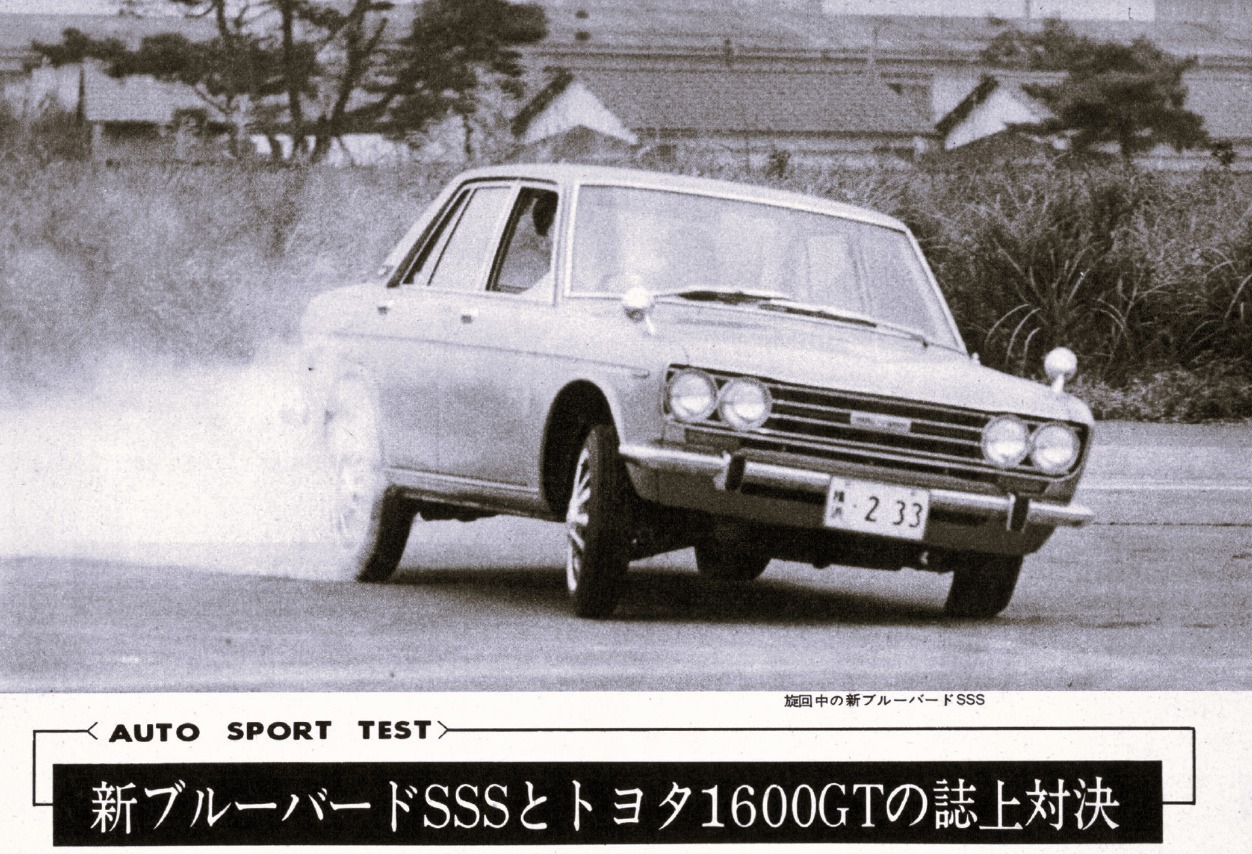
Publication: Auto Sport
Format: Auto Sport Test
Date: October 1967
Author: Auto Sport Editorial Staff (uncredited)
Two domestic sports cars of the same class have been released at the same time. One is the Bluebird 1600SSS, and the other is the Toyota 1600GT. We immediately assembled both cars to conduct an Auto Sport test. So, which one came out on top?
Built With the Experience of International Rallies: Bluebird SSS Reborn
Nissan Bluebird 1600 Deluxe (1969)
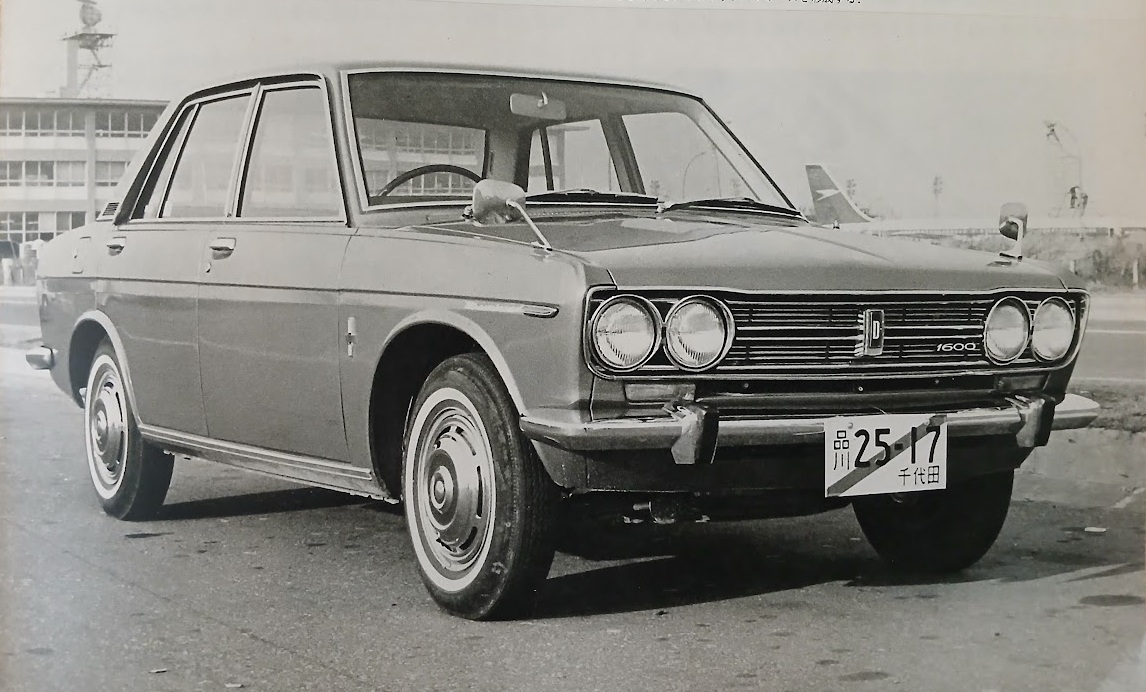
Publication: Car Graphic
Format: Road Impression
Date: February 1969
Author: Kenji Kikuchi
Road testing the Nissan Bluebird 1600 Deluxe
Our C/G test group has long been hoping to see a 1600cc single-carburetor model or a 4-speed floor-shift model added to the Bluebird series. As an example of how well such changes can work, in the case of the Sunny, when the so-called “Sports” model with a 4-speed floor shift was introduced, it was not only far more lively than the 3-speed column-shift version, but also made the car easier to drive. For those who feel that the Bluebird 1300 with 3-speed column shift lacks spirit, but don’t want to drive something as hot as the 1600 SSS, a middle-ground specification with a single carburetor and 4-speed floor shift promises to be ideal. Therefore, although it might seem like the newly released 1600 series has arrived a little late, it can be said to be a long-awaited arrival. Before we get into the driving impressions, let’s start by taking a look at the Bluebird Dynamic Series overall.
Nissan Bluebird U 1800SSS-E and 1800SSS-L Hardtops (1971)
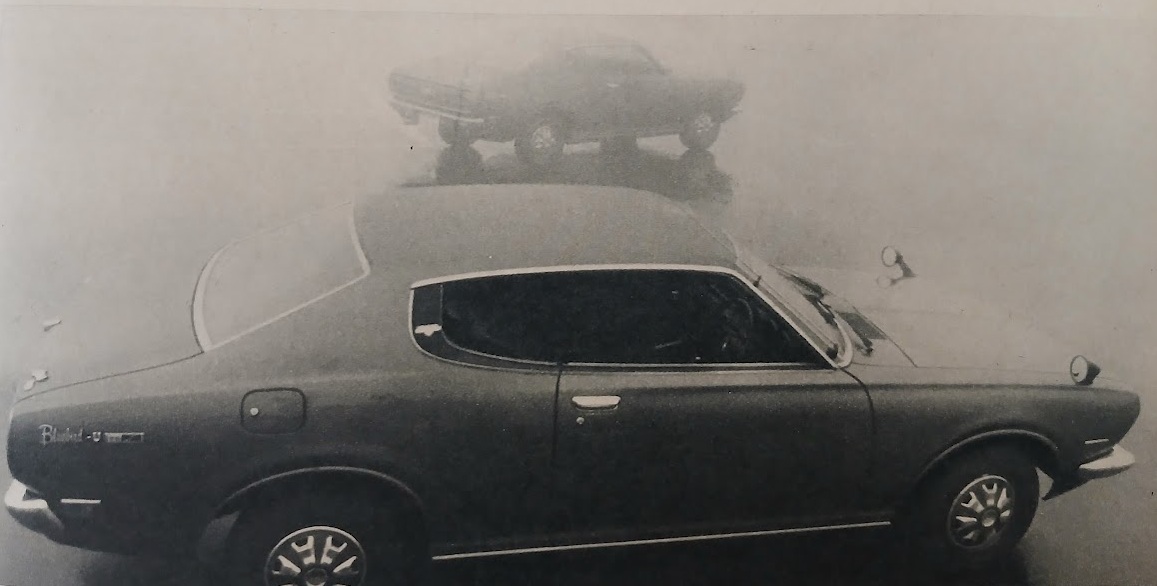
Publication: Car Graphic
Format: Road Impression
Date: November 1971
Author: Shotaro Kobayashi
Road testing the Bluebird U 1800SSS-E and 1800SSS-L Hardtops
The Bluebird U (610 series), which was announced and released on August 10th, is positioned as a premium model above the existing 510 series (the coupe has been discontinued; only the sedan remains). In other words, its relationship to the 510 is similar to that of the Mark II and the Corona. The powertrain and other mechanical components are largely carried over from the 510 series, with minor improvements; it is the 610’s body that has been completely redesigned.
Nissan Bluebird U 1600SSS-E vs. Toyota Celica 1600GTV (1972)
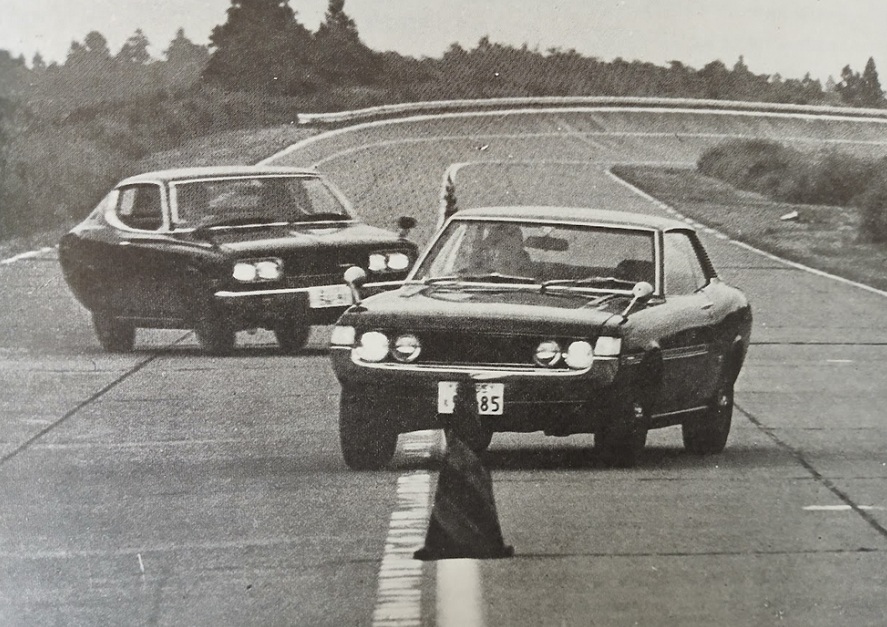
Publication: Car Graphic
Format: Group Test
Date: November 1972
Author: “C/G Test Group” (uncredited)
Comparison Test: Nissan Bluebird U 1600SSS-E vs. Toyota Celica 1600GTV
The Celica GT and the Bluebird U 1600 SSS compete in the same segment in terms of character and price class, and noteworthy variations aimed at enthusiasts have recently been added to both series, namely the Celica GTV and Bluebird U Hardtop 1600 SSS-E featured in this comparison test. Both are equipped with 115ps engines and 5-speed gearboxes, though the Bluebird’s hardtop body is slightly larger and weighs about 60kg more. Naturally, the Celica GTV is equipped with the same DOHC 1588cc engine and two Mikuni Solex 40PHH twin-choke carburetors as the GT, while the Bluebird U 1600 SSS-E is equipped with the same Bosch electronic fuel injection unit as its big brother, the 1800 SSS-E. As mentioned, both cars have a maximum output of 115ps, but the power peak is 6400rpm for the Celica and 6200rpm for the Bluebird, and the engines’ maximum torque figures are 14.5kgm/5200 and 14.6kgm/4400rpm, respectively, so it can be said that the DOHC Celica is the higher-revving car.
Nissan Bluebird U 2000GT-X Hardtop (1973)
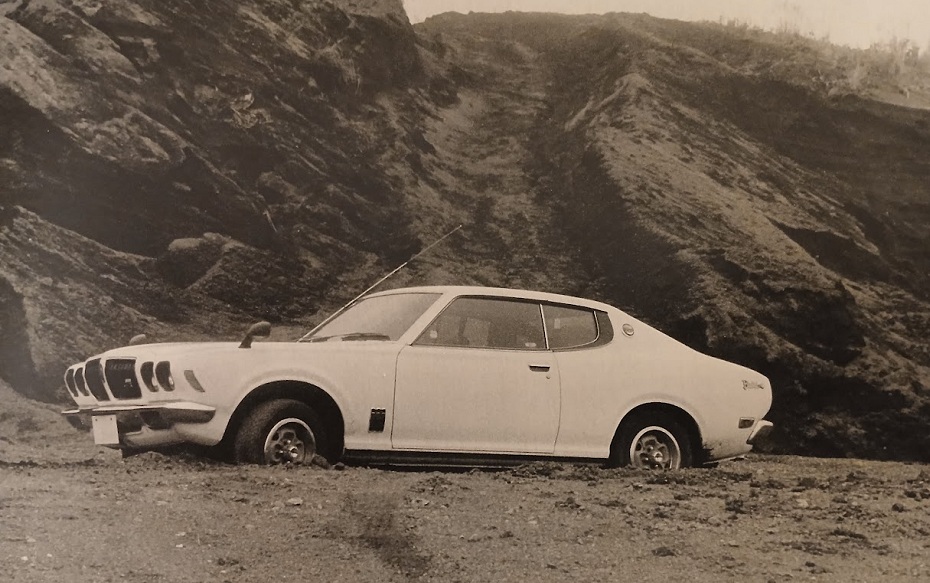
Publication: Car Graphic
Format: Road Test
Date: November 1973
Author: “C/G Test Group” (uncredited)
Road testing the Bluebird U 2000GT-X Hardtop
Why they had to go to the trouble of extending the wheelbase to fit that big, sleepy L20 six-cylinder unit in there is beyond our understanding. This is our honest first impression after testing the Bluebird U 2000GT-X. As explained in detail in this month’s new model introduction, this new Bluebird U GT is based on the body of the Bluebird U that was introduced in August 1971, with an extended nose just like the Skyline GT, and a six-cylinder engine crammed into an engine bay originally intended for a four-cylinder engine.
Based on our experience of testing several 1.6-liter and 1.8-liter Bluebird Us, it didn’t seem necessary to equip the car with a six-cylinder engine. If there was a reason for this, it would be Nissan’s usual commercial policy of installing engines from high-end models that have already proven their worth into top-of-the-line compact cars (the Skyline and Laurel are good examples of this). But if their goal was to bank on the popularity of the so-called “Sky G” and create a Bluebird based on the same formula, it would have been a very easy, predictable, and extremely stale product plan. However, what was somewhat reassuring when we actually drove it was that it has a more balanced chassis than any L20-equipped car we have ever experienced. On the other hand, the power performance was once again disappointing.